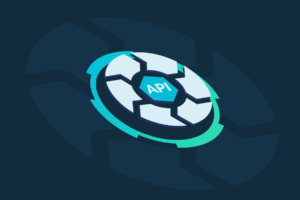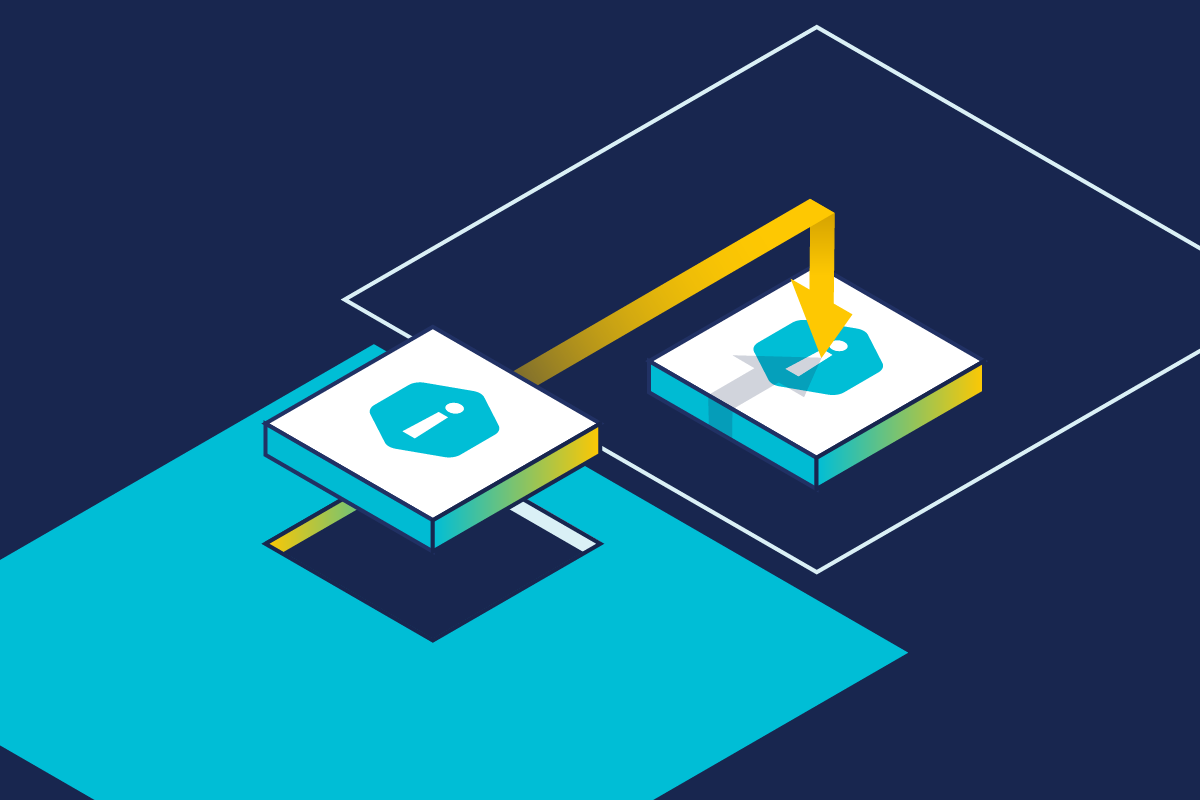API Breach Impact: Enterprise vs. Mid-Market Organizations
APIs have become the backbone of modern digital ecosystems and one of the fastest-growing sources of data breaches. As organizations rely more on APIs to connect systems, deliver services, and drive innovation, attackers increasingly exploit vulnerabilities in these interfaces to access sensitive data or disrupt operations. No organization is immune. Large enterprises face massive risks tied to the scale and complexity of their API infrastructures, often managing thousands of endpoints across hybrid environments. Smaller businesses, meanwhile, confront the same types of threats with fewer resources to detect and respond. Understanding the true cost of an API breach, and how to prevent one, is critical for organizations of all sizes operating in today’s API-driven economy.
Enterprise Organizations
Enterprises often have thousands of APIs in production spanning legacy systems, third-party integrations, and cloud-native applications. Each exposed endpoint represents a potential doorway to critical data. The financial and reputational fallout from an API breach can be severe, including remediation costs, customer attrition, and a lasting erosion of trust. Compliance obligations compound the risk, as violations of frameworks such as PCI DSS for payment data or HIPAA for healthcare information can lead to fines and legal exposure. It’s no surprise that attackers view large enterprises as high-value, high-reward targets, offering rich data, deep networks, and the kind of operational disruption that amplifies impact.
Mid-Market and Smaller Organizations
Mid-market and smaller companies face a different but equally dangerous set of challenges. Many lack a complete inventory of their APIs or a dedicated security team to monitor them, leaving blind spots that attackers can easily exploit. Default API configurations, often left unchanged due to limited time or expertise, can expose sensitive data or enable unauthorized access. Budget constraints limit the ability to deploy advanced protection tools or continuous monitoring solutions. While the overall scale of an incident may be smaller than that of an enterprise breach, the consequences can still be quite damaging.
Revenue and Other Financial Impacts
- Direct Costs: Breaches can result in direct costs related to fraud, incident response, forensic investigations, and legal fees.
- Loss of Business: A breach can take focus away from revenue-generating activities or trigger contractual penalties or refunds for service disruptions.
- Regulatory Fines: Non-compliance with data protection regulations (like GDPR or HIPAA) can result in hefty fines.
- Increased Security Costs: Post-breach, organizations often ramp up their security investments in security solutions and personnel.
- Customer Protection Costs: Breached organizations often must provide affected parties with credit monitoring or identity protection services.
Data Breach Risks: Exposure, Loss, and Manipulation
- Sensitive Customer Information: APIs often provide access to sensitive customer data, such as personal information or financial records.
- Proprietary Intellectual Property: A serious breach may lead to the loss of proprietary intellectual property, harming the organization both fiscally and strategically.
- Data Manipulation: Beyond just accessing data, malicious actors might alter, delete, or add data, leading to data integrity issues.
Reputational Damage to Brand Trust
- Long-term Brand Damage: It can take years for organizations to recover from the reputational damage caused by a breach.
- Loss of Trust: Customers, partners, and stakeholders might lose trust in an organization that fails to secure its APIs.
- Negative Publicity: Breaches often attract media attention, leading to negative publicity and brand damage.
Operational Disruptions & Infrastructure Costs
It’s worth emphasizing that attacks have measurable costs, even if they don’t succeed. “Alert fatigue” can cause security teams to miss actual threats and increase human error.
- Service Downtime: A breach or vulnerability exploitation might disrupt the normal functioning of services, leading to downtime, directly affecting the bottom line.
- Resource Diversion: Post-breach, significant organizational resources may be diverted to handle the crisis and response, negatively affecting other operations.
Third-Party Risks with Supply Chains
- Supply Chain Attacks: If an organization’s API is compromised, it can be used as a launchpad to attack other organizations, especially when integrated with third-party systems, which can lead to strained or broken partnerships and legal consequences. These types of attacks are becoming more and more common and can have widespread damage that is difficult to repair. The recent Snowflake data breach is a disturbing example, with at least 160 organizations targeted through stolen Snowflake credentials.
Play Offense, Not Defense (or Best Practices to Not Be in Recovery)
The implications of API breaches are vast and can affect many facets of an organization, from engineering to marketing to finance to legal. Investing in proper API security and bot management goes a long way to preventing the consequences outlined above. API security encompasses the three pillars of API protection mentioned previously, which boil down to discover, comply, and protect. Discovering all APIs and where they are, ensuring that those APIs are secure and in compliance, and protecting them from attacks.
Organizations should follow API security best practices and ensure their APIs are compliant with frameworks such as the OWASP API Security Top 10, but that’s the minimum – they should go further and be prepared for known attacks as well as emerging threats.
The good news here is that the situation is not all “stick” – there’s “carrot” in here as well. By virtue of stopping malicious traffic from ever touching the organization’s applications, the performance of those applications will improve, sometimes dramatically, to the delight of your users/customers. Additionally, when applications are bombarded with bad traffic, there can be very real financial penalties, even when the attack fails to “succeed”. As attacks scale, the targeted application process takes a hit on CPU, memory, and storage utilization that your cloud provider bills for as the application continually consumes more of the above. It’s simply better all the way around to invest a bit up front rather than paying the downstream consequences.
Get Ahead of Threats with an API Security Assessment
Hopefully understanding the business consequences of poor API security is a sufficient motivator to employ proactive API security measures along with continuous monitoring and real-time attack mitigation. The chosen solution should address the entire API lifecycle (discover, comply, protect). If you’d like to learn more about the Cequence Unified API Protection solution, it’s easy to get started – there’s even a free assessment service available. We also invite you to see how API breaches unfold in the real world and how Cequence can prevent them.
Learn more and get started for free with an API security assessment.





